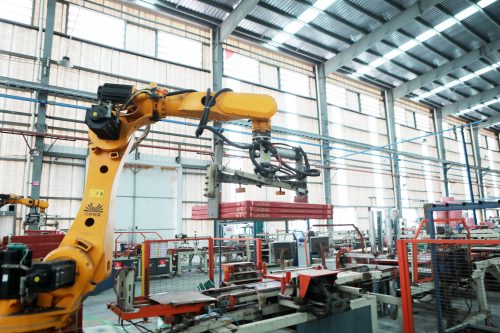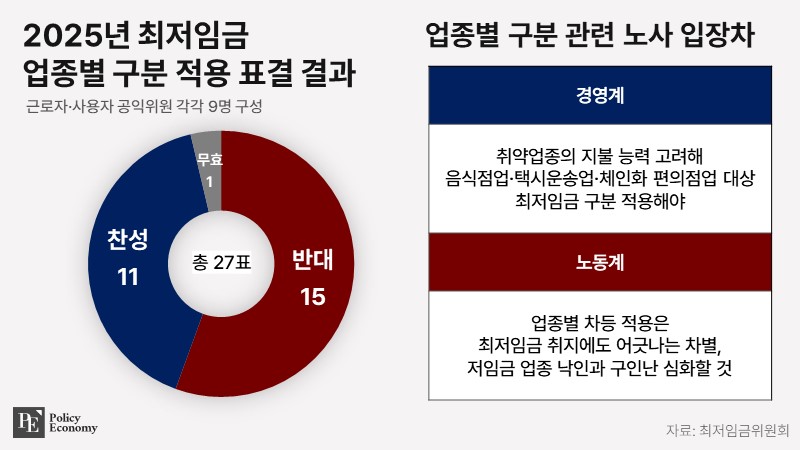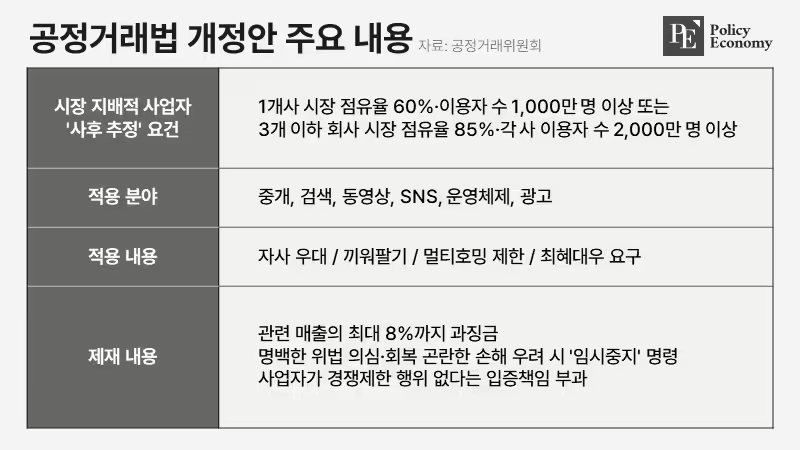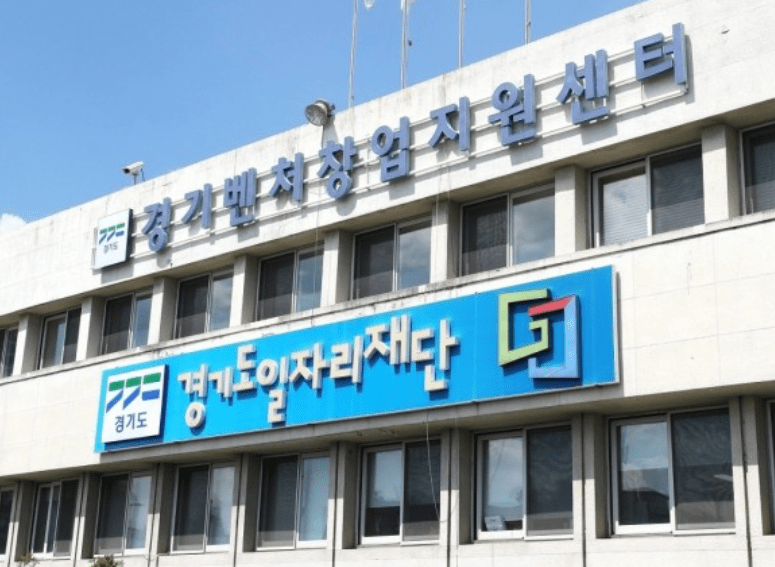[동아시아포럼] 미-중 갈등, 중국 방해보다 글로벌 경제 침해 효과 더 커
중국, 2018년부터 내수-수출 이중 순환 준비했던 덕분에 미-중 갈등 충격 덜해 글로벌 무역 연계 시스템 붕괴로 입는 손실이 더 큰 만큼 무역 분쟁 종결책 찾아야 미-중 이외 인근 국가들도 타격 심해, 모두가 손해 입는 상황
[동아시아포럼]은 EAST ASIA FORUM에서 전하는 동아시아 정책 동향을 담았습니다. EAST ASIA FORUM은 오스트레일리아 국립대학교(Australia National University) 크로퍼드 공공정책대학(Crawford School of Public Policy) 산하의 공공정책과 관련된 정치, 경제, 비즈니스, 법률, 안보, 국제관계에 대한 연구·분석 플랫폼입니다.
냉전 종료 이후 글로벌 시장이 ‘초세계화(Hyper-globalization)’을 겪고 있는 가운데, 중국은 세계 무역 시장의 중심 국가로 성장했다. ‘글로벌 가치 사슬(Global Value Chain, GVC)’로 표현되는 다자간 무역 관계는 전 세계 무역의 70% 이상을 차지하게 됐다. 최근 들어 중국은 GVC 내에서도 고급 기술력 상품을 공급하는 국가로 성장하는 중이다.

중국의 경제 성장은 GVC에 포함되면서 시작됐다
중국은 GVC에 참여하면서부터 저숙련 제조업에서 고부가가치 생산 공장으로 제조 공정을 변화시킬 수 있게 됐다. 초기에는 저임금 노동력과 해외 투자자에게 우호적인 투자 조건으로 노동집약적인 산업에 초점을 맞춘 제조업 중심 국가였지만 산업 고도화, 연구개발(R&D), 기술 발전, 숙련 노동력 양성 등의 성과를 바탕으로 고부가가치 상품을 만들어 낼 수 있게 됐다. 또한 기술력이 내재화되면서 내수 위주로 운영됐던 제조업체들은 동아시아 지역 제조업체들에 필요한 주요 상품과 서비스를 공급하는 핵심 업체로 성장했고, 일부 산업에서는 글로벌 선두 국가로 발돋움하게 됐다.
중국의 노동 단가 인상과 경제적 조건 변화로 인해 다국적 기업들의 투자 방식도 바뀌는 모습이다. 특히 고령화되는 인구 구조로 인해 중국 시장 내에서 근로 인력이 감소함에 따라 노동 시장 구조도 바뀌는 중이다. 또한 인구 압력에도 불구하고 GDP 성장률 대비 임금 상승 압력은 낮은 편이지만, 노동 생산성 대비 임금 상승률이 높아 최종 상품의 가격 경쟁력까지 갉아먹고 있다.
인구 및 경제적 압박이 지속되는 가운데 고부가가치 상품 수출 진작을 위해 업무 방식을 바꾸고 산업 구조를 개혁해야 한다는 시장 공감대는 갖춰져 있는 상황이다. 저숙련 업무는 외주화하고 고부가가치 산업은 자국 내의 제조 공정, 인프라 및 정부 지원을 활용해 성장하고 있어 미-중 갈등에도 불구하고 해외 투자금이 꾸준히 유입되고 있는 모습이다.
미-중 갈등으로 인한 GVC 이탈
지난 2018년부터 본격화되기 시작한 미-중 무역 분쟁은 중국의 대외 수출을 악화시켰고, 고부가가치 상품 생산으로의 전환에 장애물로 작동했다. 미국 조 바이든 대통령은 고부가가치 상품 중 특히 첨단 기술의 대(對)중국 수출을 막고 있는 상황이다. 미국 당국이 관리하는 기업 수는 4배로 증가했고, 반도체 수출도 엄격하게 관리되는 중이다.
미-중 간의 디커플링(탈동조화)과 투자자들의 이탈은 GVC 시스템을 파편화시키고 있다. 무역이 차단되면서 각 산업의 효율성은 떨어지고 있고, 생산 단가 인상 및 소비자 가격 인상도 동반되는 모습이다. R&D 분야에서 국제 협력은 후순위로 밀렸고, 이로 인해 기술 개발 및 혁신도 막힌 상황이다. 지정학적 긴장이 높아지면서 투자자들은 위험 회피적으로 변했고 전 세계적으로 투자 감소, 경기 위축, 심지어는 경기 침체에 빠지는 경우도 나타났다.
중국의 GVC 이탈이 가시화될 경우 그간 글로벌 시장에서 중국으로 유입됐던 지식 및 기술이 줄어들면서 중국의 경제 성장을 위축시킬 것으로 예상된다. 이에 다국적 기업들도 중국 시장, 기술력, 생산 시스템에 대한 접근성이 둔화되며 사업 계획에 치명적인 영향을 입게 될 것으로 보인다.
중국의 GVC 이탈이 한국에 미치는 영향
실제로 미국의 첨단 기술 상품에 대한 대중 수출 제한 정책은 한국 기업들에 직격탄이 됐다. 최근 중국 수출이 차단되면서 반도체 기업들의 성장에 적신호가 켜졌고, 국가적으로도 수출 시장 다변화 노력을 쏟아부어야 하는 상황에 직면한 것이다. 그도 그럴 것이 대표적인 소규모 개방 경제 국가 중 하나인 한국은 수출입 합계액이 연간 GDP의 80%에 달하는 국가지만, 2022년 기준 수출의 31%에 해당하는 반도체 및 전자제품 수출액 중 중국의 비중이 무려 55%나 된다.
한편 중국 경제 전문가들은 중국의 성장이 위협이 아니라 글로벌 경기 회복의 기회라는 점을 강조한다. 중국 경제 성장이 지난 2008년 금융위기 이후 글로벌 시장 성장의 3분의 1을 담당했던 점도 지적됐다. 중국이 GVC 내에서 제 역할을 할 경우 글로벌 시장의 경기 회복이 한층 빨라질 것이라는 예측도 가능하다.
미-중 간 디커플링이 가속화되고 있다는 보도에도 불구하고 지난 2022년 미-중 무역은 역사상 최고치를 기록했다. 중국은 지난 2018년 이후 미-중 분쟁 격화를 대비하기 위해 수출 중심 경제에서 내수 중심 경제로의 이전을 준비해 온 데다, 중국 경제 규모가 큰 만큼 ‘버티기’가 가능할 것이라는 분석도 제기된다. 1994년 이래 지속적으로 감소했던 해외 직접 투자 수치를 놓고 볼 때 중국은 해외 투자자 없이도 자국의 자본력으로 생산력 강화를 계속할 수 있을 것이라는 평이다.
미-중 디커플링 가속화, 중국은 자체 생존 가능할까?
정부 주도적인 투자로 경제 성장을 이끌어가는 중국 특성상 자국 내 공급망도 정부 지원을 통해 극복할 것이라는 예측도 나온다. 다만 부동산 경기 침체 같은 구조적인 문제와 맞물린 고령화, 지방정부들의 대규모 부채, 소비 축소, 경기 위축 등으로 인해 중국의 경제 체력이 약해진 탓에 대외 수출 축소를 국내 소비 진작으로 상쇄하기는 어려울 것으로 예상된다.
디커플링으로 인해 글로벌 무역 구조가 점차 악화할 것으로 예상되는 가운데 장기적으로는 무역을 넘어 투자, 기술 교류 등도 악화될 수 있다. 디커플링으로 미-중 양국이 정치적으로 얻을 수 있는 이득보다 더 큰 비용을 지불해야 하는 만큼 미-중 간의 타협이 요구되는 상황이다.
China is invaluable to global value chains
The end of the Cold War witnessed a period of ‘Hyperglobalization’, during which China emerged as a central player in trade and global value chains (GVCs). Nowadays, GVCs account for more than 70 per cent of international trade and China is moving toward a more upstream position in GVCs, in line with its transition to becoming a global supply hub in GVC networks.
![]()
China’s participation in GVCs enabled its transition from low-end manufacturing to higher value-added production activities. Initially, China capitalised on low labour costs and favourable investment policies to attract foreign investments in labour-intensive but low-value-added industries. Over time, Chinese firms have shifted towards higher value-added activities through industrial upgrading, research and development, technology adoption and workforce skill enhancements. Domestically-owned firms have evolved into manufacturing supply centres and new regional hubs for service supply and demand. China has become a leading innovator in various industries as it transitions from an assembler to a sophisticated supplier and innovator in GVCs.
China’s evolving economic conditions, including rising labour costs, are also changing multinational enterprise investment behaviour. Its ageing population will result in a further decline in the working-age population and a shift in the structure of its labour market. Despite the low labour share and a slower wage increase compared to GDP growth, China’s unit labour cost continues to rise, eroding the country’s manufacturing labour cost competitiveness.
Improving the business environment and fostering innovation will be crucial for promoting exports in skill-intensive and contract-dependent industries as China navigates these demographic and economic challenges. While low-end manufacturing industries are outsourced, higher value-added industries with longer supply chains will remain in China, benefitting from its comprehensive manufacturing system, well-developed infrastructure and supportive government services. These factors continue to attract foreign investments despite rising geopolitical tensions.
The US–China trade conflict, which began in 2018, has negatively affected China’s exports and prompted changes in value-added structure. US President Joe Biden’s administration shifted the focus of its strategic competition with China to high-tech industries. The number of firms on the US Entity List has quadrupled and restrictions on semiconductor industry export have tightened.
Decoupling and derisking has significant global consequences, including the fragmentation of GVCs, reduced efficiency, elevated production costs and higher consumer prices. International collaboration in research and development has also been hindered, stalling technological progress and innovation. Geopolitical tensions could also intensify, causing businesses and investors to become risk-averse, leading to decreased investments, stagnant economic growth or even recession.
If China’s access to the GVC declines, it will slow down knowledge and technology flows into China from the global economy, which will dampen growth. Multinational enterprises would lose access to China’s large market, knowledge, technological leadership and efficient industrial system — hampering their business plans and brand development.
South Korean companies have been impacted by US export controls against China. South Korea is a trade dependent economy — its sum of export and imports as a share of GDP is around 80 per cent — with 31 per cent of total exports being electrical and electronic equipment. South Korea shipped 55 per cent of its semiconductor exports to China in 2022. The country’s chipmakers cannot ignore business prospects in China and are worried that US export control policies could undermine their expansion.
China should be viewed as an opportunity and a driving force for worldwide economic recovery and prosperity, rather than a threat. A thriving China contributes significantly to global growth, and has accounted for one third of total expansion since the global financial crisis. Embracing collaboration and integration within the global value chains can lead to increased efficiency, innovation and shared knowledge.
The effects of decoupling are yet to manifest. Despite increased decoupling, US–China trade hit a new record in 2022. But China’s preparedness to withstand decoupling could be bolstered by its large economic size and integrated domestic market — which the ‘dual circulation’ strategy is designed to achieve. The decreasing share of FDI in China’s total investment since 1994 suggests that China can maintain and expand its production capacity using domestic or other sources of capital even if decoupling were to occur.
China’s institutional structure also supports heavy government investments in weaker areas, contributing to the development of a domestic supply chain. But it will be difficult for the Chinese economy — burdened by an ageing population, large-scale debt, weak domestic consumption and economic slowdown due to structural problems such as housing downturns — to completely offset the decline in global sales with an increase in domestic market demand.
Economic decoupling has detrimental impacts on the weakening global trading system, even with the emerging regional free trade arrangements, with long-term consequences to future cross-border flows of trade, investment and technology. Such costs will far outweigh any benefits of decoupling. What the world needs is a new wave of global economic reintegration to offset the negative impacts of the pandemic and the global economic slowdown. Upholding the principles and practices of open trade and multilateralism is the key to achieving this.
원문의 저자는 송리강 호주국립대학교(Australian National University) 교수입니다. 호주국립대학교의 크로포드 정책 대학에서 안드-코덴(Arndt-Corden) 경제학 교수직을 맡고 있습니다.




























